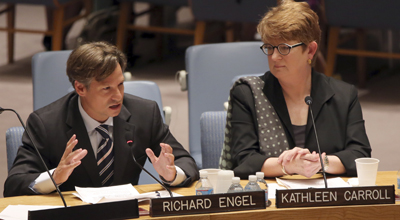
After Security Council, what next for journalist safety?
Speaking at a U.N. Security Council discussion about the protection of journalists, Associated Press Executive Editor and CPJ Vice Chair Kathleen Carroll remembered the 31 AP journalists who have died reporting the news and whose names grace the Wall of Honor that visitors pass as they enter the agency’s New York headquarters. Most were killed…

Surveillance detection for journalists in the field
Much has been made recently about the digital surveillance of journalists–and rightly so–but physical surveillance remains a key tactic of security forces, law enforcement, and private entities. These operatives are monitoring journalists, gathering intelligence on them, and potentially obstructing journalists’ work or putting them at risk.
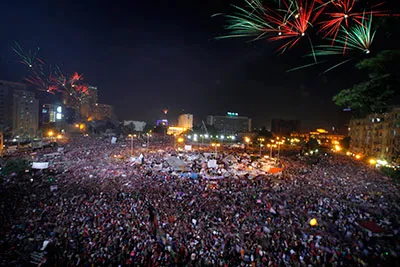
Attacks in Egypt highlight risk of covering protests
From São Paulo to Istanbul to Cairo, coverage of street demonstrations has re-emerged as an exceptionally dangerous assignment for journalists. Since June 1, CPJ has documented more than 120 attacks on the press amid the civil unrest in Brazil, Turkey, and Egypt–the biggest surge of attacks in such circumstances since the uprisings that swept the Arab world…
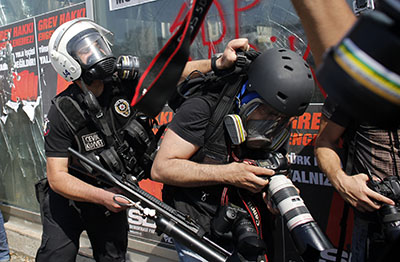
Danger on Turkey’s streets: Reporting on the civil unrest
It all changed so swiftly. The demand and price of gas masks, protective eyewear, and helmets rocketed in Istanbul. Not only protestors, but journalists, too, contributed to the rush. Hardware store clerks were quick studies, explaining to journalists which masks offer you a better line of sight when taking pictures, and describing the problem of…

Medill digital security guide helps fill journalism void
One day, every journalism school in the United States and beyond will offer a full three-credit, 15-week course in digital safety, along with more advanced classes. But that day has not yet come. Only a year ago, Alysia Santo reported in the Columbia Journalism Review that no American journalism school offered formal digital safety training.…
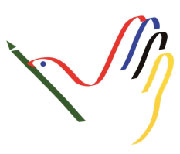
In 2 major efforts, journalist security tailored to fit
In the past, donors and groups providing security to journalists in less-developed nations tended to export a Western, military-style of training designed for a war-time environment. But the danger of covering combat is one thing. Being fired upon by a motorcycle-riding assassin is another–as is being sexually molested in a crowd, discovering a video camera…

Two years after his death, Hetherington studied, celebrated
Two years ago this week, on the central boulevard of the Western Libyan city of Misurata, freelance photographers Tim Hetherington and Chris Hondros were killed by mortar rounds from government forces. Hondros lost consciousness almost immediately. Hetherington bled out in the back of a pick-up truck as he clutched the hand of a Spanish photographer.
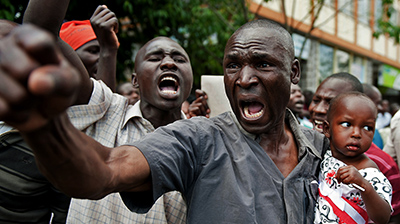
In tense climate, Kenyan press can draw on solidarity
Amid a tense presidential election, Kenyans have avoided a repeat of the deadly violence that followed the vote in 2007, when half a million people were uprooted and more than 1,000 people were killed. Still, the situation today is fraught. Ethnic identity dominates the nation’s political divisions–and those same loyalties can undermine solidarity in the…